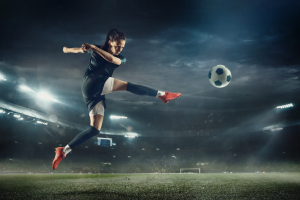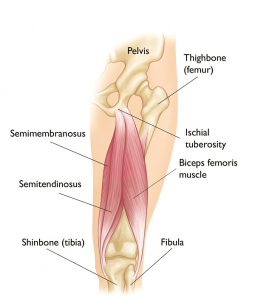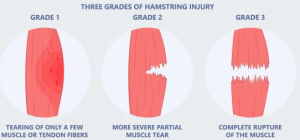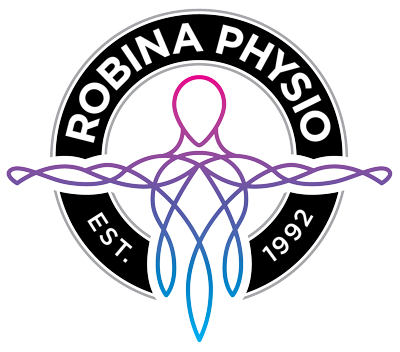Hamstring Strains
Hamstring Strains
By Yona Dorzaun, Physiotherapist.
We have decided to add a refresher article about hamstring strains and tears to the Robina Physio blog. This is series due to the high recurrence of hamstring strains that occur when sporting seasons start back on the Gold Coast. In athletic populations hamstring strains account for over 15% of all injuries, with re-injury rates being reported between 12-63% in some studies.

Hamstring strains are caused by a rapid extensive contraction or a violent stretch of the hamstring muscle group which causes high mechanical stress. These injuries are common in dynamic sports like sprinting, jumping or contact sports such as Australian Rules football (AFL), Rugby and Soccer where quick eccentric contractions are regular. Hamstring injuries can also occur during recreational movements where the knee is forcefully fully extended.
Anatomy
The hamstrings consist of three muscles:
- The Biceps Femoris
- The Semitendinosus and
- The Semimembranosus.
Causes and Risk Factors
There are various proposed risk factors which may play a role in hamstring injuries including older age, limited or excessive flexibility, fatigue, poor core stability, and strength imbalances.
During activities like running and kicking, hamstring will lengthen while the hip flexes and the knee extends, this lengthening reaches the mechanical limits of the muscle and can lead to the accumulation of muscle damage. One possibility for a hamstring strain is that the quadriceps (the opposing thigh muscles) do not contract in a coordinated fashion while we lengthen the hamstrings. Another reason might be differences in anatomy between individuals, e.g. differences in where the hamstrings attach on the femur and pelvic girdle.
How do Hamstring Tears / Strains Present?
Hamstring strains and/or tears present with a sudden pain in the posterior thigh ranging from minimal to severe intensity. People also often describe a “popping” sound or tearing impression. Depending on the degree you can expect bruising and swelling but these may not happen straight away. Alongside pain and tenderness hamstring strains cause loss of range of motion and loss of the ability to contract those muscles to different degrees.
Rehab at Robina Physio
At Robina Physiotherapy in the Gold Coast one of our physios will first take a detailed history and thorough physical examination including your gait, range of motion and strength. A lot can be deducted from the mechanism of these injuries, including what structures may be involved and the severity of the injury. This also helps you physio determine the best rehab strategy for you injury.
Hamstring strains are categorised in 3 groups, according to the amount of pain, weakness, and loss of motion. 
Grade 1 (mild)
- Just a few fibres of the muscle are damaged / strained. This rarely influences the muscle’s power and endurance but can limit range of motion. Apart from feeling some pain and stiffness on their posterior tight.
Grade 2 (medium):
- Approximately half of the fibres are torn. The symptoms we recognise at Robina physio are acute pain, swelling and a mild case of function loss. The patient’s gait will be influenced due to lack of ability to fully stretch the muscle, and the physio will be able to reproduce the pain by applying pressure on the hamstring muscle or bending the knee against resistance.
Grade 3 (severe):
- Ranging from more than half of the fibres ruptured to complete rupture of the muscle. Both the muscle belly and the tendon can suffer from this injury. It typically causes large amounts swelling and pain. The function of the hamstring muscle is greatly impacted showing significant weakness.
Regardless of the degree of muscle strain, the primary aim of the rehabilitation program provided by the Physiotherapist’s at Robina Physio on the Gold Coast will aim to restore your function to the highest degree and to return to your daily or sporting activities at the same level as before the injury.
You can expect the highest level of clinical care using evidence-based rehabilitation protocols that have been proven to get you moving pain free again. With the right care from our expert Physio’s recovery times and re-injury rates are drastically reduced. Using a peer reviewed and renowned rehabilitation protocol that has been shown to reduce re-injury rates to a mere 0.53% we will aim to minimise pain, regain function, and enable you to achieve your goals and return to your usual activities.
The Physiotherapist’s at Robina Physio on the Gold Coast are here to help with any of your muscle injuries. CONTACT US on (07) 5578 7233 or BOOK ONLINE.



